Search the Special Collections and Archives Portal
Search Results
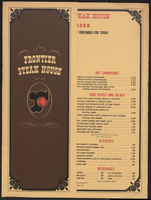
Frontier Steak House, luncheon menu
Date
Archival Collection
Description
Text
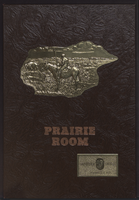
Prairie Room, menu
Date
Archival Collection
Description
Text
Sam Jones Letter
Identifier
Abstract
The Sam Jones Letter consists of a one-page letter written on Friday, May 27, 1938 by an unknown individual to Sam Jones, a miner living in Goodsprings, Nevada. The letter identifies a Harold Hawks from Chloride, Arizona, as a fellow miner interested in viewing Jones's property in Nevada.
Archival Collection
University of Nevada, Las Vegas Collection of Transcripts and Journal Articles about Gambling
Identifier
Abstract
Collection contains transcripts from various American television news programs and journal articles about gambling from 1987 to 1992. The topics are broad and include various forms of gambling, problem gambling, and gaming venues.
Archival Collection

Transcript of interview with Kevin Brady by David G. Schwartz, September 7, 2016
Date
Archival Collection
Description
Text

Transcript of interview with Dr. Steven Parker by Emily Powers, December 19, 2006
Date
Archival Collection
Description
Text
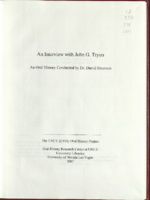
Transcript of interview with John G. Tryon by Dr. David Emerson, February 21, 2006
Date
Archival Collection
Description
Text
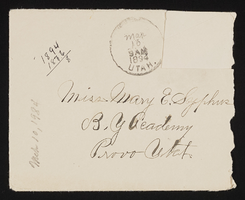
Letter and envelope from John M. Bunker, Logan City, Utah to Mary Etta Syphus, Provo, Utah
Date
Archival Collection
Description
From the Syphus-Bunker Papers (MS-00169). The folder contains an original handwritten letter, a typed transcription of the same letter, the original envelope with the stamp removed, and a copy of the original letter.
Text
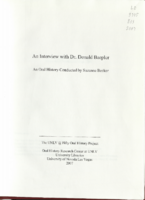
Transcript of interview with Dr. Donald Baepler by Suzanne Becker, April 23, 2007
Date
Archival Collection
Description
Text
